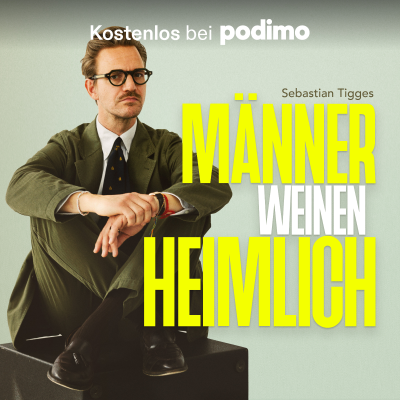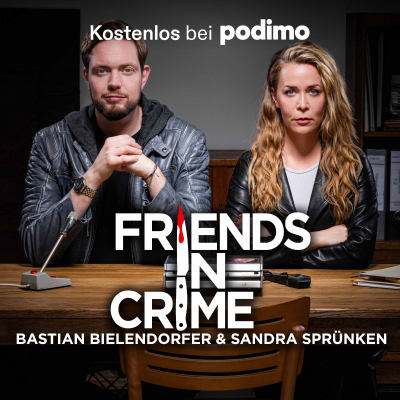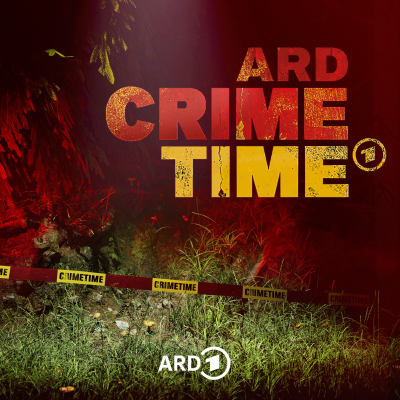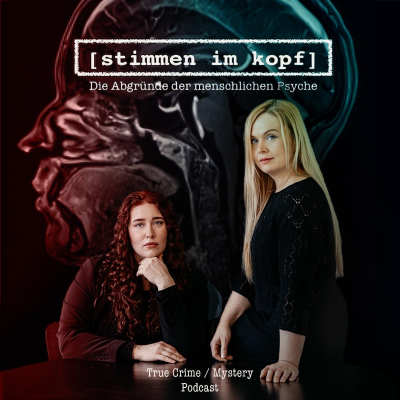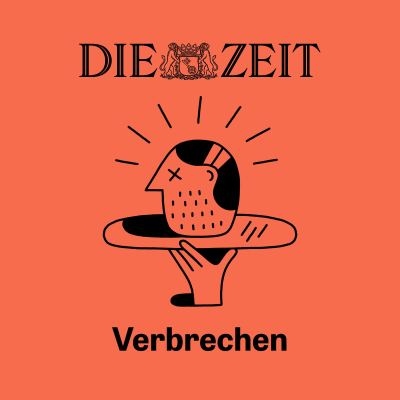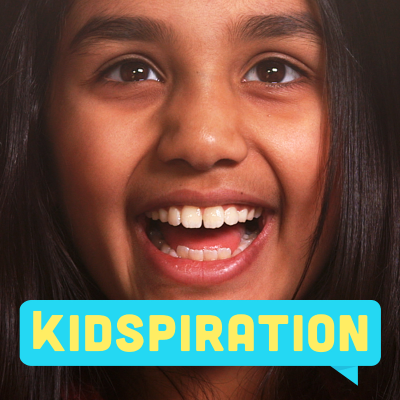
Kidspiration.tv
Podcast von Kidspiration.tv
Nimm diesen Podcast mit

Mehr als 1 Million Hörer*innen
Du wirst Podimo lieben und damit bist du nicht allein
Mit 4,7 Sternen im App Store bewertet
Alle Folgen
30 FolgenDoodles and squiggles aren’t wasting time at all – in fact they can kick start creativity and imagination. Most of all, doing them can be lots of fun! It was by drawing cartoons that Norwegian artist Oistein Kristiansen got started on his path. One day, his dad saw him drawing and remarked on how good the illustration was. Oistein was thrilled with the praise and knew he wanted to dedicate his time to doing what he loved the most. In his early days, Oistein would draw caricature cartoons of people on the street. With hard work, he began working as a cartoonist for newspapers and magazines, including Vogue, Elle and Mad Magazine. Oistein later began a career in television, where he hosted his own show, and he has recently become a YouTube star. Not only does Oistein draw cartoons, but he is also very crafty, constructing creatures out of cardboard boxes and fashioning animals of any objects that he can get his hands on. His advice to kids is to just start making things with their hands, and, once they start, their creativity will be unlocked.
Following his passion and doing something he loves has become an occupation for Paul A. Young. He first trained as a chef, and became a patissier (a pastry chef) for celebrity chef Marco Pierre White; creating beautiful desserts, cakes and patisserie. With a childhood love of chocolate as his inspiration, Paul opened his first chocolate shop in 2006 in London. A Master Chocolatier is a bit like a mad scientist, although in this case the crazy experiments are for developing new flavours, textures and patterns. Paul’s award winning chocolates include all sorts of intriguing flavours, from Marmite truffles, port and stilton truffles, dark sea-salted rochers, hazelnut pralines, passion fruit and raspberry ganaches and sea salted caramels. Delicious! If you’re wondering how he comes up with new ideas, Paul says he’s always open to them, and even has a book that he writes everything down in. He then plays around in the kitchen, spending time where all he does is mix up ingredients and see what comes out!
Do you like to cook or bake? Or maybe watch your mom or dad while they’re getting dinner ready? Have you ever thought that baking cakes or cooking might be a good way to earn a living? There are world-famous schools, like Le Cordon Bleu in Paris and London, where you can learn how to make a chocolate soufflé or other delicious foods. There are also schools where you can learn to make a great pizza. Going to a chef school or college is one way to become a restaurant chef. But Jamie Thickett didn’t do that. He started out washing pots in a restaurant in Scarborough, in northern England. From there, he worked at various other restaurant positions, moving up the ladder and learning how to cook, until he was hired as a head chef. That job led him to London, where he was named head chef for Dehesa, one of Salt Yard Group’s restaurants, and later head chef for Opera Tavern. Today, he is the head chef for Veneta, a new restaurant inspired by the food and recipes of Venice, Italy. But what is the job of a head chef? He or she doesn’t do the day-to-day cooking at the restaurant’s stoves. Instead the head chef is responsible for hiring the cooking staff, creating new recipes and developing the menu, supervising the various cooks, and making sure the kitchen runs smoothly. They have to work long hours — well into the night, and often on the weekends and holidays.
Imagine you get the chance to go on a Grand Adventure … walking across the Arctic to the North Pole, or walking to the South Pole, or maybe climbing to the very top of Mount Everest. Which adventure would you choose? If you’re Adrian Hayes, you pick all three, and then do all three in world record time. Mr. Hayes has held the Three Poles Challenge world speed record, after he walked to the North Pole, and the South Pole, and climbed Mount Everest—in nineteen months and three days. It’s called the Three Poles Challenge because explorers try to reach the two farthest-apart points on earth, and the very highest point. Mr. Hayes tried out lots of different jobs on the way to becoming an adventurer. He worked as a bricklayer, a farmer, and a builder’s worker. He sang and played guitar in a rock band. He was a paramedic with the Special Air Services before going to the Royal Military Academy Sandhurst. As a British officer in the Brigade of Gurkhas, he served in Hong Kong and Brunei, and later, with the Royal Army of Oman. And he learned to speak Arabic and Nepali. After leaving military service and working as a sales director, Mr. Hayes began his climbing and trekking adventures. He followed up the Three Poles Challenge by crossing 1,600 kilometers of the Arabian Desert, on foot and on camel. This area is called the Empty Quarter and it’s the largest “sea” of sand in the world. In 2014, he and his team reached the top of K-2, the world’s second tallest mountain. K-2 “was my biggest challenge,” he says, because it is “way steeper” than nearby peaks, and its weather conditions are much worse. Climbing is his favorite adventure, he adds, because you’re in a different world. You have to stay really focused and think only of your next move. Mr. Hayes is the first Briton and only the third person in the world to reach the summit of the two highest mountains and to trek to both the North and South poles. His advice for kids who wonder what adventures they might have? “Write down your goals for the year,” a few months at a time. Figure out what your skills are. And if you’re not sure, ask your teachers or parents!
Thirty-six years ago, Kailash Satyarthi quit his job. He was an electrical engineer in India and had a family but he knew that millions of kids in his country were too poor to go to school. Instead those children had to work many hours a day in terrible places where they were often hurt or even killed. And many kids earned no money at all because their parents sold them to factory owners or farm managers. Around the world, the numbers are pretty terrible. Some 168 million children go to work each day instead of going to school, and 80 million of them work in very dangerous conditions, making clothes, electronics, even chocolate. Mr. Satyarthi decided to do something about that, even though he was just one person out of 1.2 billion Indians. He started Bachpan Bachao Andolan, the Save the Childhood Movement. Today he has helped rescue some 86,000 children from slave labor and is a world leader for children’s rights—to go to school and to live in peace. In 2014, Mr. Satyarthi won the Nobel Peace Prize, and shared the honor with a Pakistani girl, seventeen-year-old Malala Yousafzai. The Nobel committee recognized “their struggle against the suppression of children and young people and for the right of all children to education.” Because of Mr. Satyarthi’s campaigns, including the Global March Against Child Labour, new guidelines on child labour have been adopted by the International Labour Organization. And 172 countries have signed the agreement to help their own children. When people travel to India and Pakistan, they often buy one of the beautiful rugs the countries are famous for. But many of those rugs are made by little kids, so twenty-two years ago, Mr. Satyarthi started GoodWeave International. The organization labels, monitors, and certifies that rugs with its label have been by people old enough to do grown-up work. As the Nobel Prize committee says, Mr. Satyarthi has shown “great personal courage … focusing on the grave exploitation of children for financial gain.”
